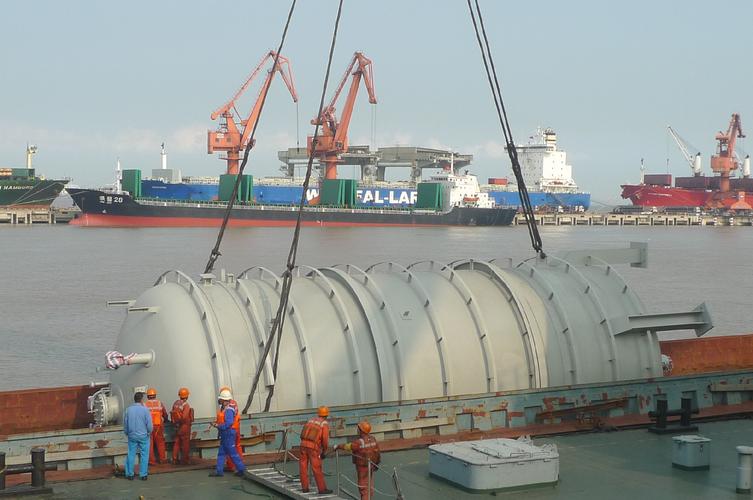Bulk chartering steps and implementation plan
1. Demand analysis
1. Determine the type, quantity, weight, size and special transportation requirements of the goods.
2. Plan transit times and routes.
2. Market research
1. Collect available vessel information from different shipowners and shipbrokers.
2. Compare the ship’s specifications, age, technical condition and rental price.
3. Chartering negotiations
1. Negotiate with the shipowner or broker on terms of hire, lease term, port of loading and unloading, loading and unloading time, demurrage and expedited charges.
2. Clarify the rights and obligations of both parties, such as the seaworthiness of the ship, the responsibility for the custody of the cargo, etc.
Fourth, the contract is signed
1. Drafting and reviewing charter parties to ensure that the terms of the contract are in line with the negotiation results and legal requirements of both parties.
2. Sign a formal charterparty and keep the relevant documents.
5. Ship arrangement
1. The shipowner arranges suitable vessels to the port of loading according to the contract.
2. The charterer maintains communication with the shipowner to understand the dynamics of the vessel and the estimated time of arrival.
6. Preparation for loading
1. The charterer arranges the transportation of the goods to the loading port, and does a good job in the customs declaration and inspection of the goods.
2. The loading port is ready for loading and unloading equipment and manpower.
7. Loading operations
1. Loading shall be carried out in accordance with the loading and unloading time and method agreed in the contract.
2. Ensure the loading safety and reasonable stowage of goods.
8. Navigation monitoring
1. The charterer monitors the navigation status of the vessel through the vessel tracking system or in contact with the shipowner.
2. Deal with possible problems during the voyage in a timely manner, such as weather changes, mechanical breakdowns, etc.
9. Preparation for unloading
1. Notify the port of discharge in advance to prepare for unloading.
2. Handle the import declaration and related procedures of the goods.
10. Unloading operations
1. After the ship arrives at the port of discharge, it shall be unloaded in accordance with the contract.
2. Inspect the goods to confirm the quantity and quality.
11. Settlement of expenses
1. According to the contract, settle the rent, loading and unloading costs, demurrage or expedited charges, etc.
2. Handle possible expense disputes and claims.
12. Project evaluation
1. Evaluate the entire chartering process and summarize lessons learned.
2. Provide reference and improvement for future chartering projects.
During the implementation process, it is necessary to pay close attention to market dynamics, changes in laws and regulations and industry practices to ensure the smooth progress of chartering activities and the protection of the interests of all parties.



